Story Highlight
– Workplace injuries remain high despite safety regulations and training.
– Traditional safety methods are outdated for modern operations.
– AI can identify risks that human inspectors might miss.
– Trust in AI systems is crucial for effective safety measures.
– Future safety processes will be increasingly automated and proactive.
Full Story
AI is beginning to reshape workplace safety protocols, as noted by Chris Coote, Director of Product at Dexory. This transformation is not limited to warehouses, but extends to various high-risk environments.
Despite existing regulations and safety measures, workplace injuries remain prevalent. According to the UK’s Health and Safety Executive, over half a million non-fatal injuries were recorded last year. Notably, Amazon’s UK fulfilment centres experienced 119 serious incidents along with more than 1,400 ambulance callouts between 2019 and 2024. These statistics highlight a pressing reality: traditional health and safety methods are increasingly inadequate.
Current safety practices often feel outdated. Many industrial sites still rely on annual risk assessments, pressure-driven inspections, and delayed reporting systems that depend on workers completing forms after incidents have occurred. Although the intent behind these practices is to foster accountability, they frequently result in a compliance-oriented mentality where the minimum requirements are met, rather than genuinely enhancing safety.
The need for a modernized approach to health and safety is crucial. Framing safety as a mere obligation limits opportunities for innovation. While technological advancements have revolutionised various sectors, safety practices have lagged behind.
The advent of AI technology is changing this landscape. Unlike human inspectors, AI can process vast amounts of data in real time, significantly reducing the chances of oversight due to fatigue. For instance, in warehouses, AI systems can detect faults in racking beams or identify unsafe loading patterns that may escape manual detection. Similar technologies can monitor bridges, railways, and heavy machinery, spotting potential failures before they pose risks.
The impact of these technologies is profound. By addressing issues proactively, organisations can significantly improve safety outcomes, reduce insurance costs, and minimise downtime, ultimately safeguarding lives.
However, implementing AI in safety measures requires more than just technical capabilities; it necessitates building trust among workers. Experience shows that staff may disregard alerts if they find them intrusive or confusing. Therefore, AI systems must be designed with the user in mind, delivering clear and immediate insights. For example, a straightforward message indicating a potential beam failure within six months is more effective than a complex warning.
Furthermore, to foster trust, organisations must ensure the reliability of these technologies. When workers observe that AI predictions match actual inspections, confidence in the system increases. This way, AI becomes a cooperative tool, aiding personnel in their efforts to maintain a safer work environment.
Looking ahead, automation in safety processes is anticipated to increase. Routine checks will likely be handled by autonomous systems, while incident reporting will evolve to rely on continuous data streams rather than manual input. Safety personnel will shift from administrative tasks to focusing on live data insights, enhancing their effectiveness.
Concerns about potential job losses in health and safety roles are often voiced; however, the fundamental responsibilities of oversight and leadership will remain with humans. Instead, AI will alleviate repetitive tasks, allowing individuals to concentrate on meaningful actions that protect their teams.
Ultimately, health and safety transcends compliance; it embodies a commitment to the workforce that sustains industries. The traditional tools and methods have served their purpose, but the stagnation in reducing injury rates indicates a need for change.
Adopting technologies that promote proactive and predictive safety measures can integrate protection into everyday operations. Organisations that prioritise this transition will not only lower incident rates but will also set a benchmark for safety standards in the modern workplace.





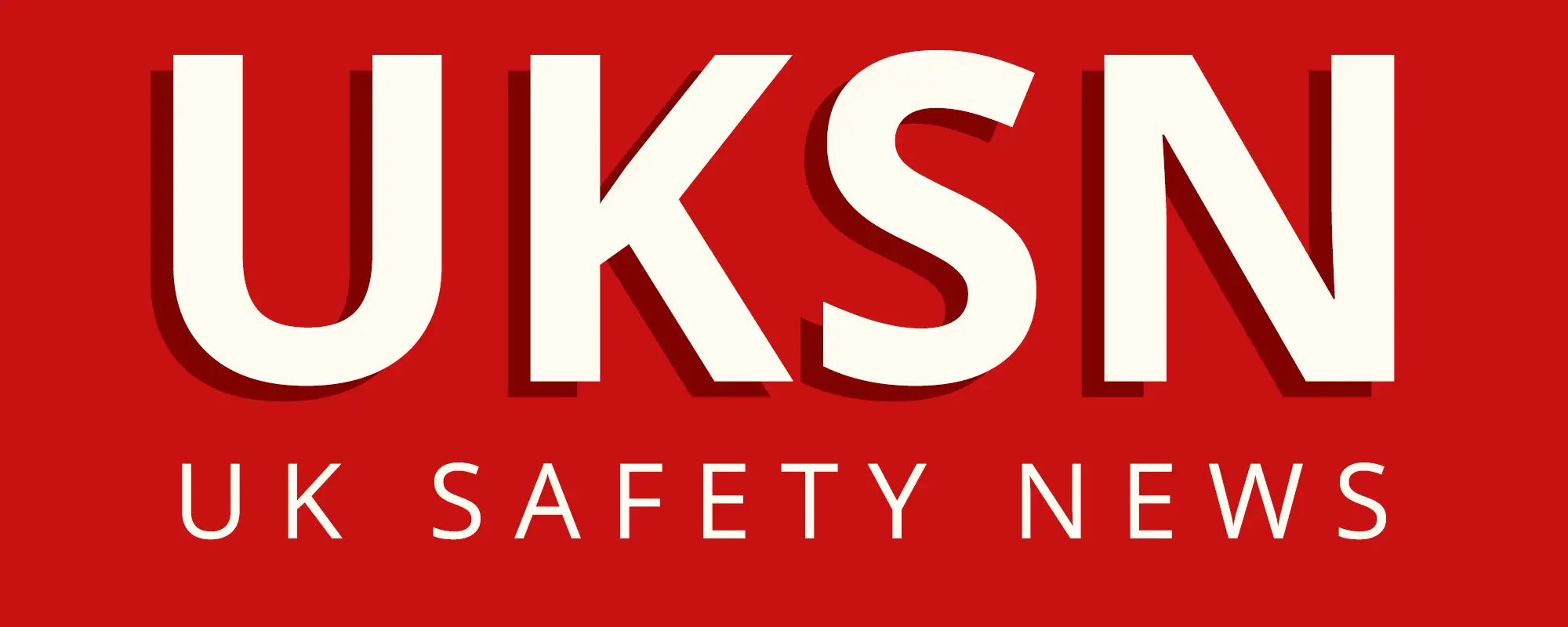



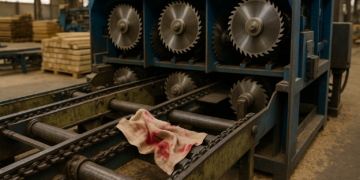

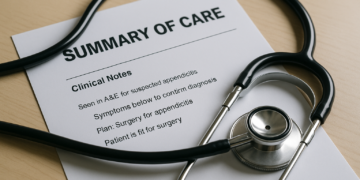



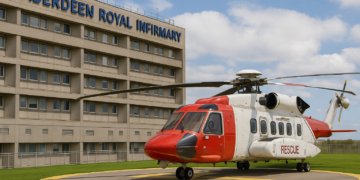

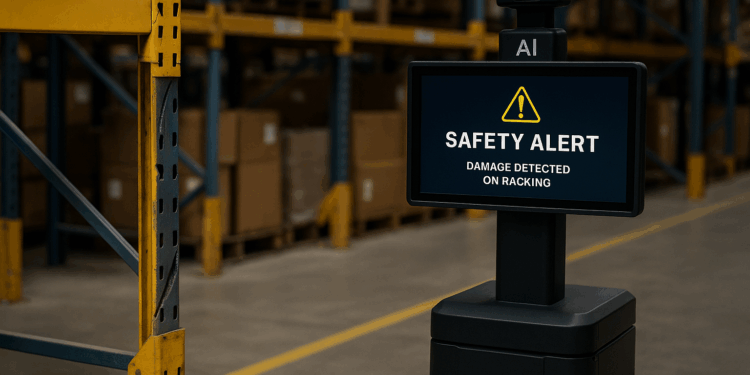
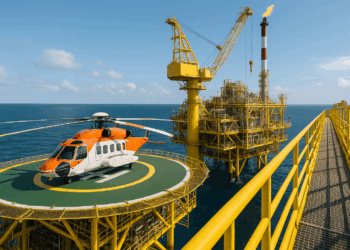
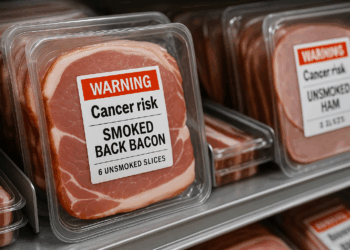



AI offers huge potential to reduce injuries by spotting patterns and hazards that are easy to miss in complex operations. Practical deployment will depend on clear evidence of reliability, open communication about how decisions are made, and proper training so staff trust and can work with these tools. Technology should augment trained safety professionals, not replace them, and organisations must maintain strong governance, data quality and regular review to ensure systems remain effective as risks and processes change.